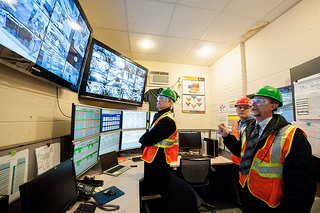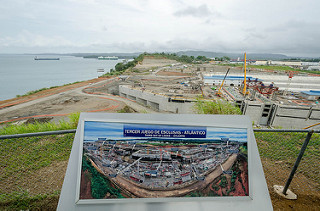What Conflict Minerals Law Means for Supply Chain Sustainability

Since the Dodd–Frank Wall Street Reform and Consumer Protection Act passed in July, 2010, procurement professionals have thought more than ever about the various metals within their supply chains, particularly if those metals may contain conflict minerals. The conflict minerals law added to the Dodd-Frank Act could have a widespread effect on supply chains in various industries from component manufacturers to retailers, but the new legislation may also impact supply chain sustainability.
This article is for Premium Members only. Please login below to read the rest of this article.
Not a Premium Member yet? Become one today.
[login_form redirect=’https://www.procurementbulletin.com/what-conflict-minerals-law-means-for-supply-chain-sustainability’]
[show_to accesslevel=’Premium Members’]
Who’s Responsible for Conflict Minerals Disclosure?
Questions and lobbying from various industries filled the months after the Dodd-Frank enactment. Originally, the rules created by the Securities and Exchange Commission (SEC) were vague in their implications. The 3 Ts – tantalum, tungsten, and tin – along with gold are the metals targeted by the legislation. These minerals are found in all sorts of consumer goods, including automobiles, medical supplies, and most popular electronics.
The Retail Industry Leaders Association petitioned the SEC to exclude retailers from the requirements, even companies that carry private label products that may contain conflict minerals. Tiffany & Co. also asked for exemption, saying that fine jewelers couldn’t trace the exact origin of recycled gold bars.
The final SEC ruling, settled in August, 2012, requires publicly traded companies who already file reports with the commission to look at their supply chain for the use of conflict minerals. A company that manufacturers products that need these minerals for functionality or effective production must file Form SD and should begin tracing the origin of the metals.
Any materials sourced from the Democratic Republic of Congo (DRC) or any neighboring countries require additional disclosure forms. The SEC estimates that about 6,000 companies will need to file Form SD and about three-quarters of those businesses will need other disclosure statements.
The Cost of Disclosure
Many products use small amounts of conflict minerals in various components. An average laptop, for instance, may contain 10 grams of tin, a little over half a gram of tantalum, less than half a gram of gold, and a small trace of tungsten, spread over various capacitors, circuit boards, and similar components.
Considering how complex most manufacturing supply chains are, an electronics company may need to investigate more than 1,000 suppliers to find the origin of their raw materials. $2 to $3 billion is what the SEC estimates companies will spend on initial compliance, with another $200 to $600 million to stay compliant each year.
Conflict Minerals and Supply Chain Sustainability
Several organizations were pushing for transparency and accountability in the use of conflict minerals before the US enacted the latest regulations. The Electronic Industry Citizenship Coalition (EICC), the Global e-Sustainability Initiative (GeSI), and the Enough Project are among a few of the NGOs involved in protecting the Congo from harmful practices.
The consumer public also expects the brands and companies they do business with to support environmentally and socially responsible standards. Nearly three-quarters of a company’s carbon footprint occurs long before the end product is available to the consumer, so it’s important for manufacturers and retailers to learn more about their suppliers.
Complying with conflict minerals law is a costly initiative for those required to file with the SEC, but is a big step toward a more sustainable supply chain that every company could benefit from. The downside to this sort of legislature is that it could affect the supply of conflict-free minerals from the Congo region as well, which could have a detrimental impact on the economy and people of central Africa. [/show_to]








